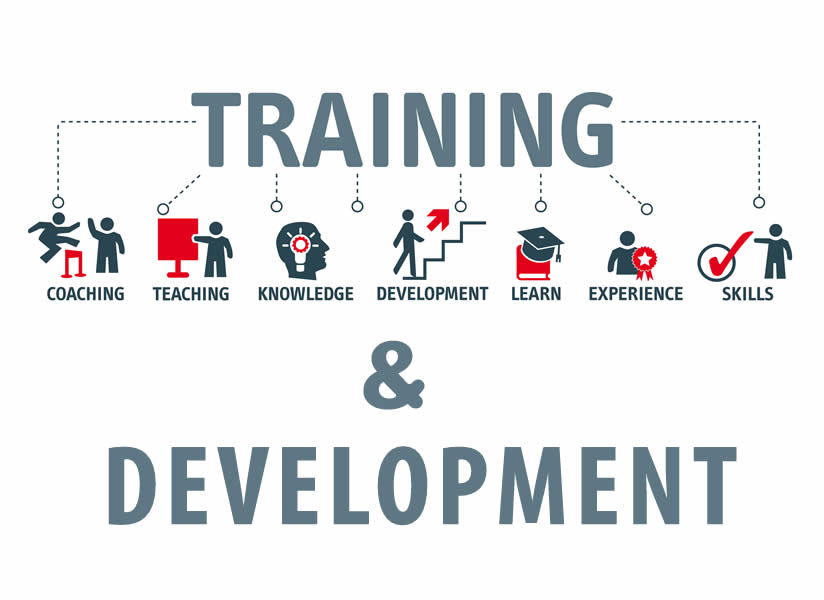Training and Developing your Employees
What if we train them and they leave?
What if you don't and they stay?

Planning your company's training will help you to:
- identify needs
- manage' the training
- identify some training costs and separate them from other costs.
Training should help both you and the employee:
- to meet the needs of a particular job
- to meet the aspirations of an employee
- to prepare the employee for more responsibility
- as a business investment for a future need.
Consider carefully what you do now:
- when starting a new employee in the company or in a new job
- when helping an employee do his present job
- in preparing an employee for the future. It may be promotion, because of new technology, or for different responsibilities (for example, to become a supervisor).
Who else do you involve in planning training:
for an individual or group of employees:
- supervisors?
- external training advisers?
- the employees themselves?
Spend time examining:
- the opportunities increased training can give you
- the problems caused and experienced by 'the new employee’
- the day-to-day requirements of the job
- work organisation, including supervision
- forecasting what your manpower needs, and changes in skill will be, in say one, two and three years.
You should make time to examine:
- how you and your managers do the jobs
- what problems your managers have
- your business problems
- the future for your business
- the future for your managers
- how you all can improve your skills.

Consider what you can do now to meet the needs of the above.
Consider what you ought to do to meet these needs.
Take advice and obtain help - We are there to help you!
Don't forget your own training and development needs or those of your management colleagues and workforce.
